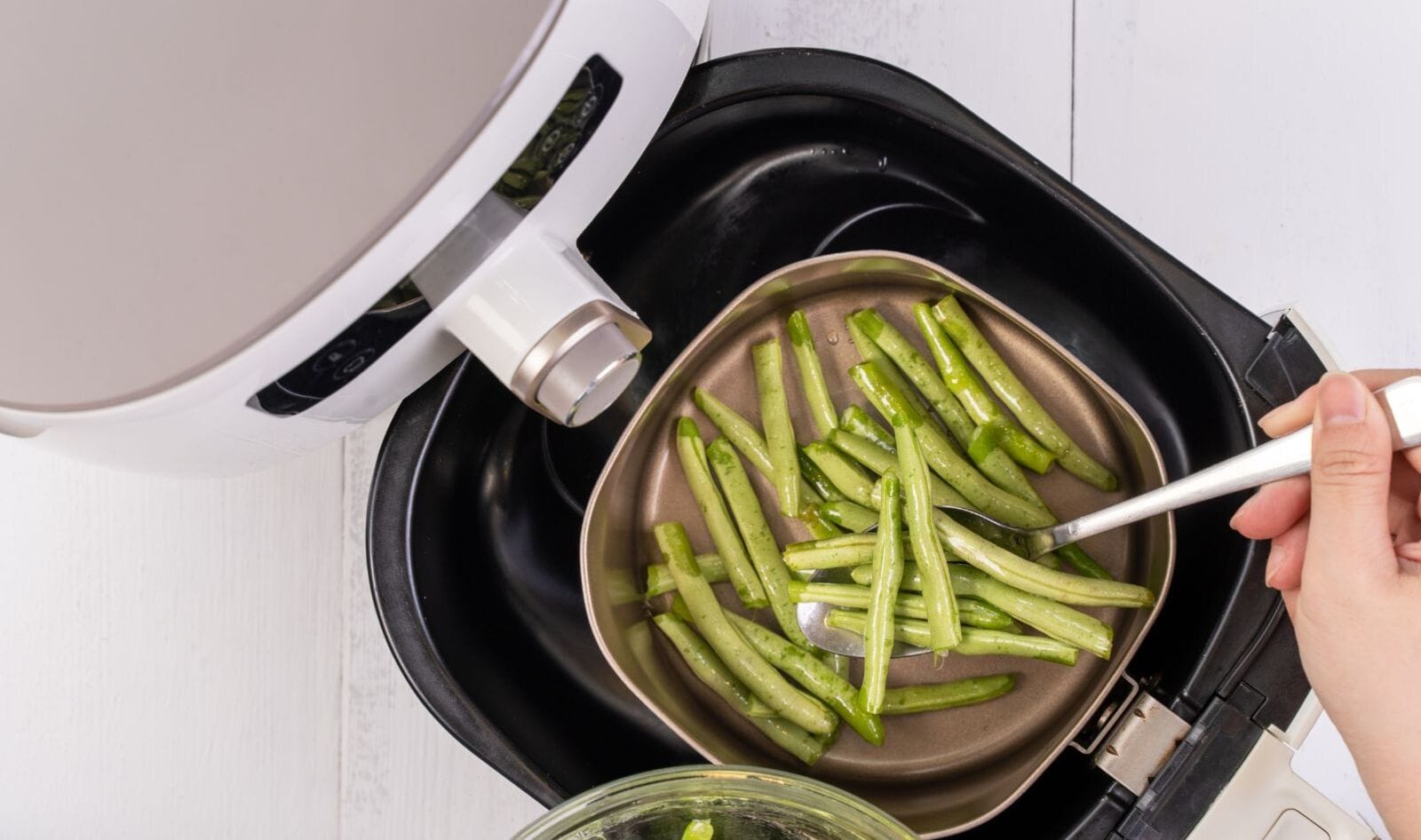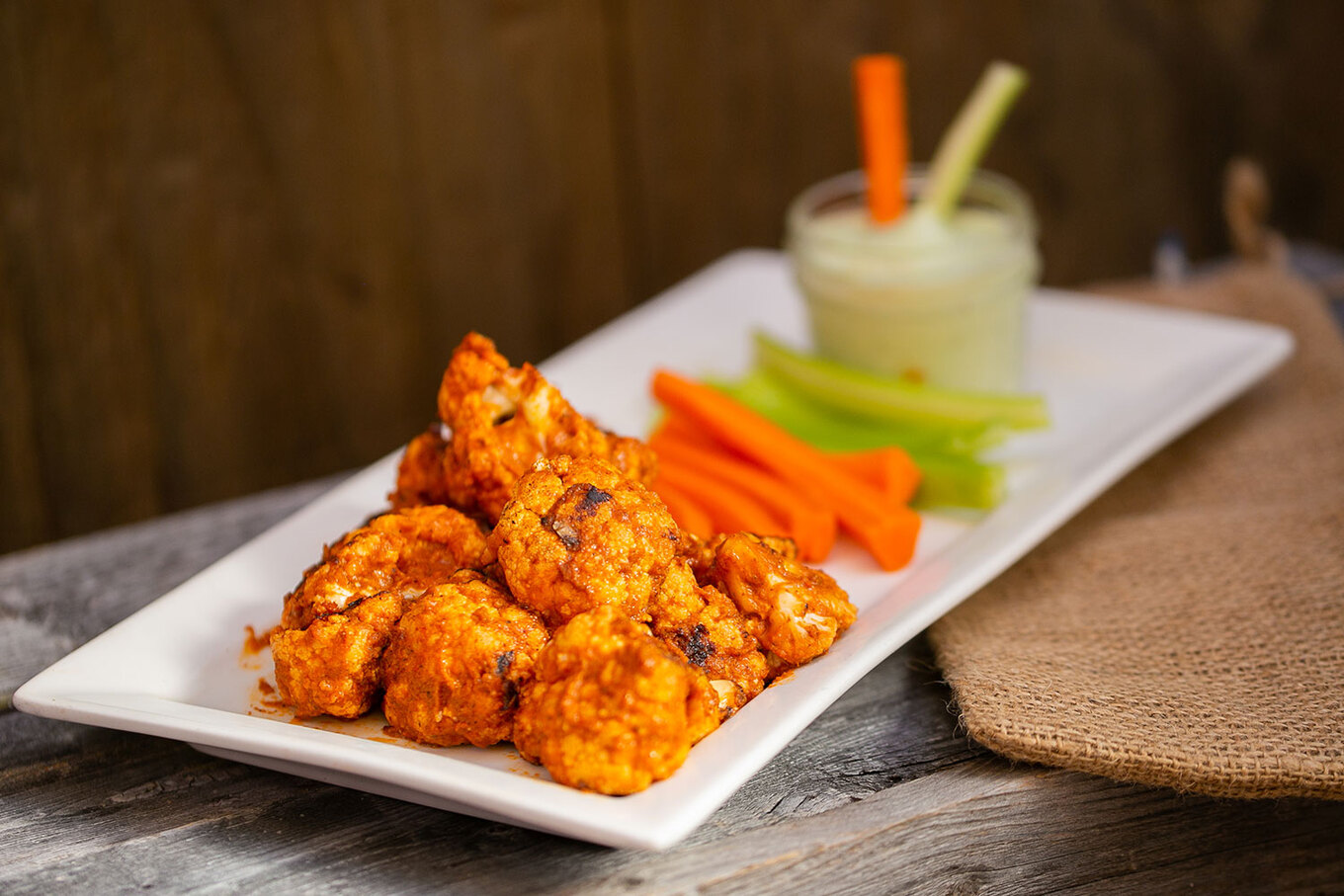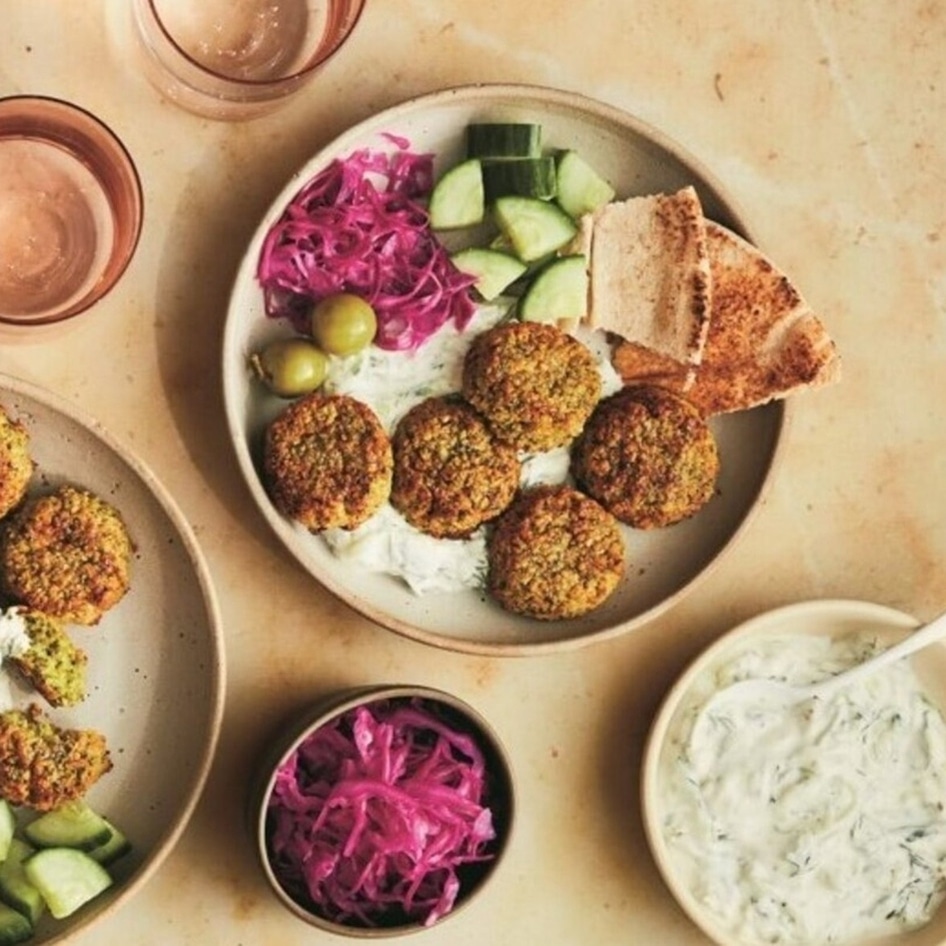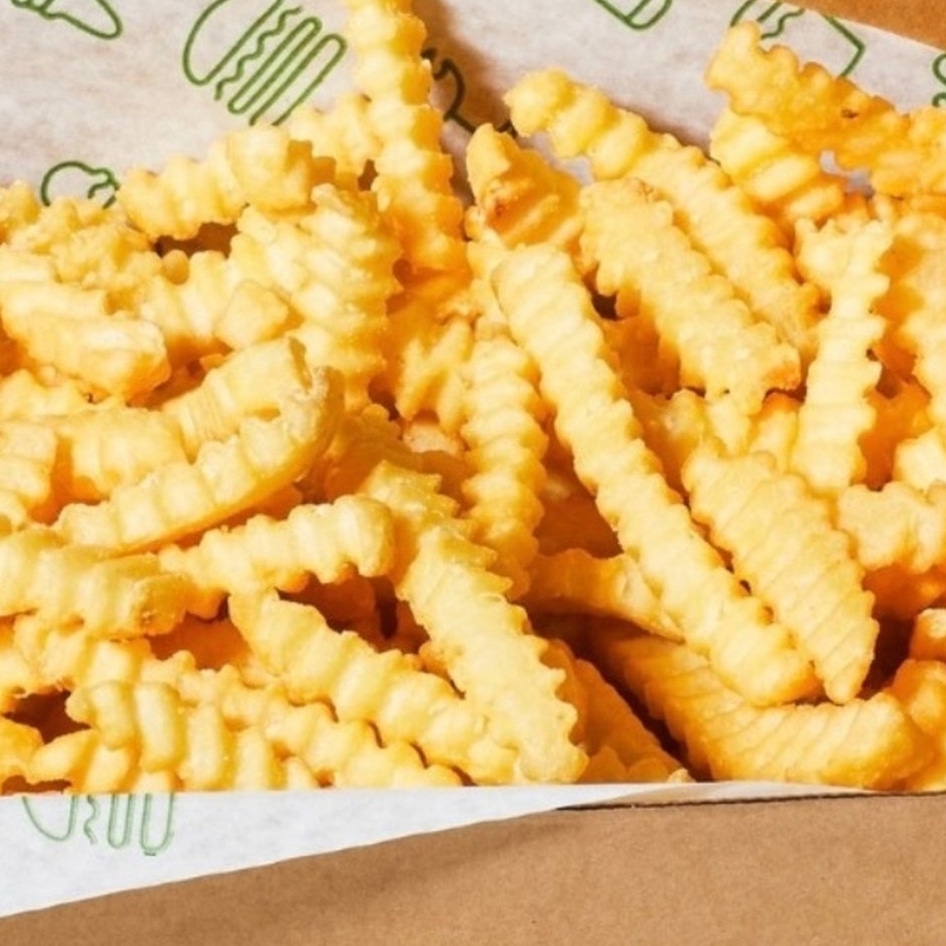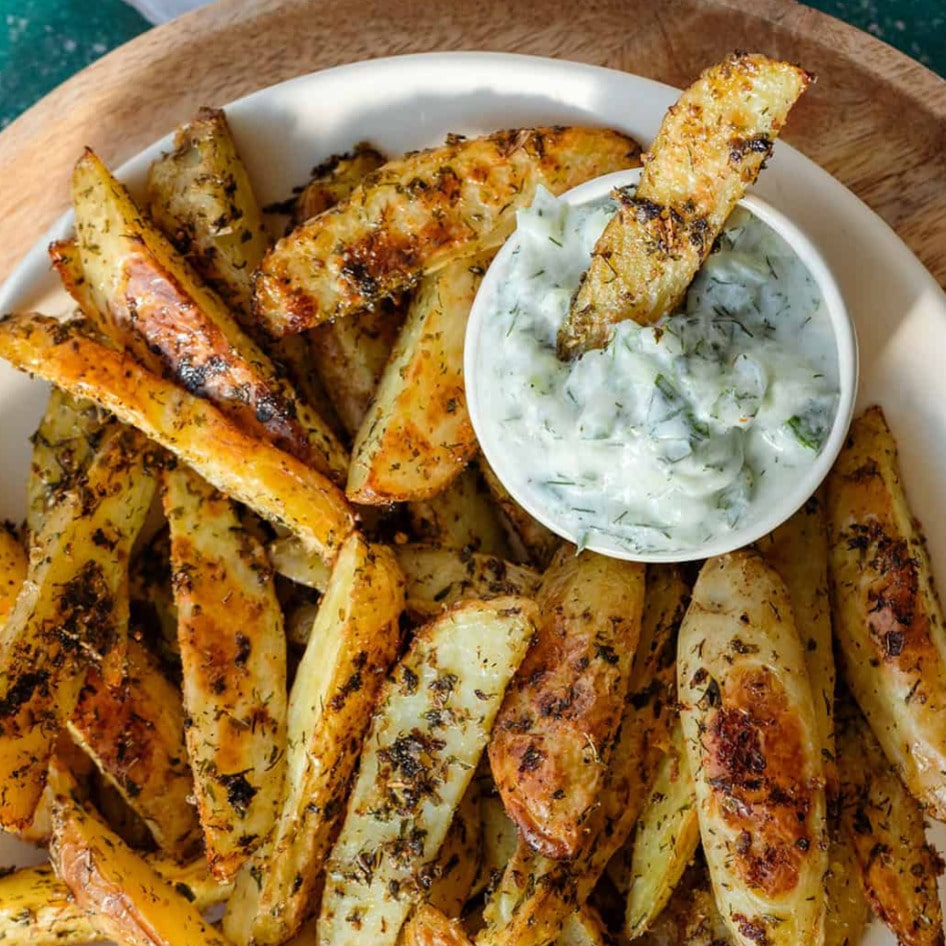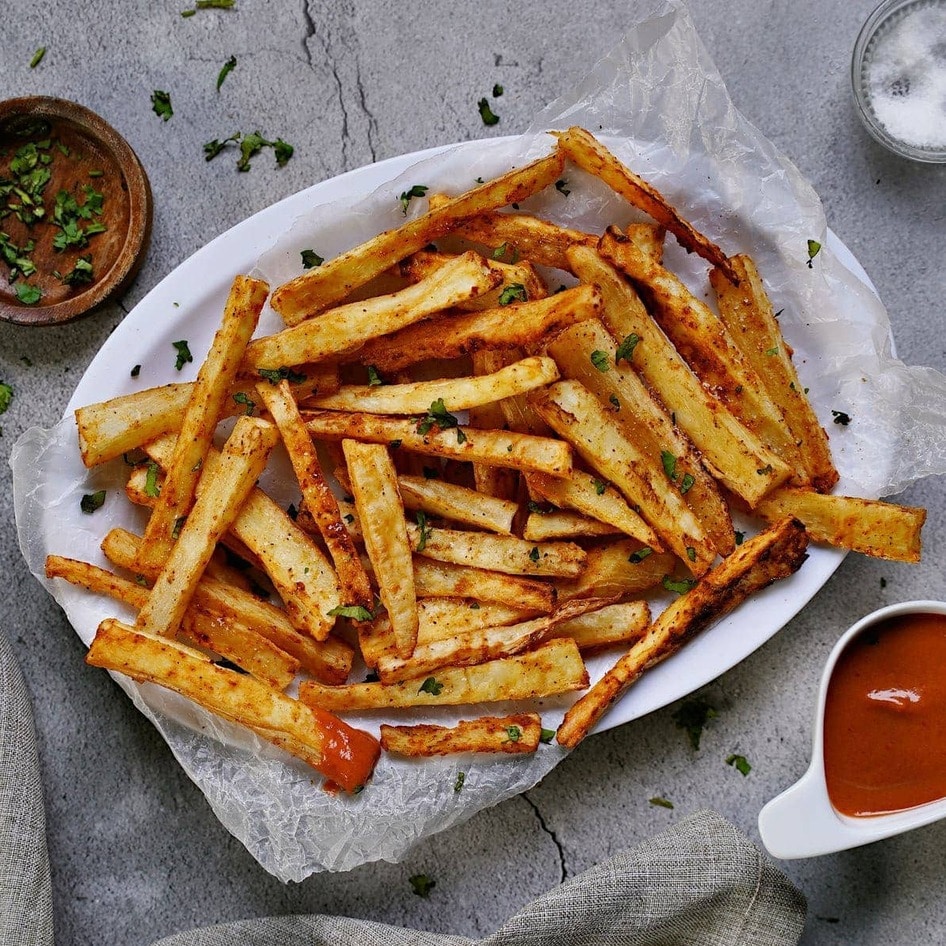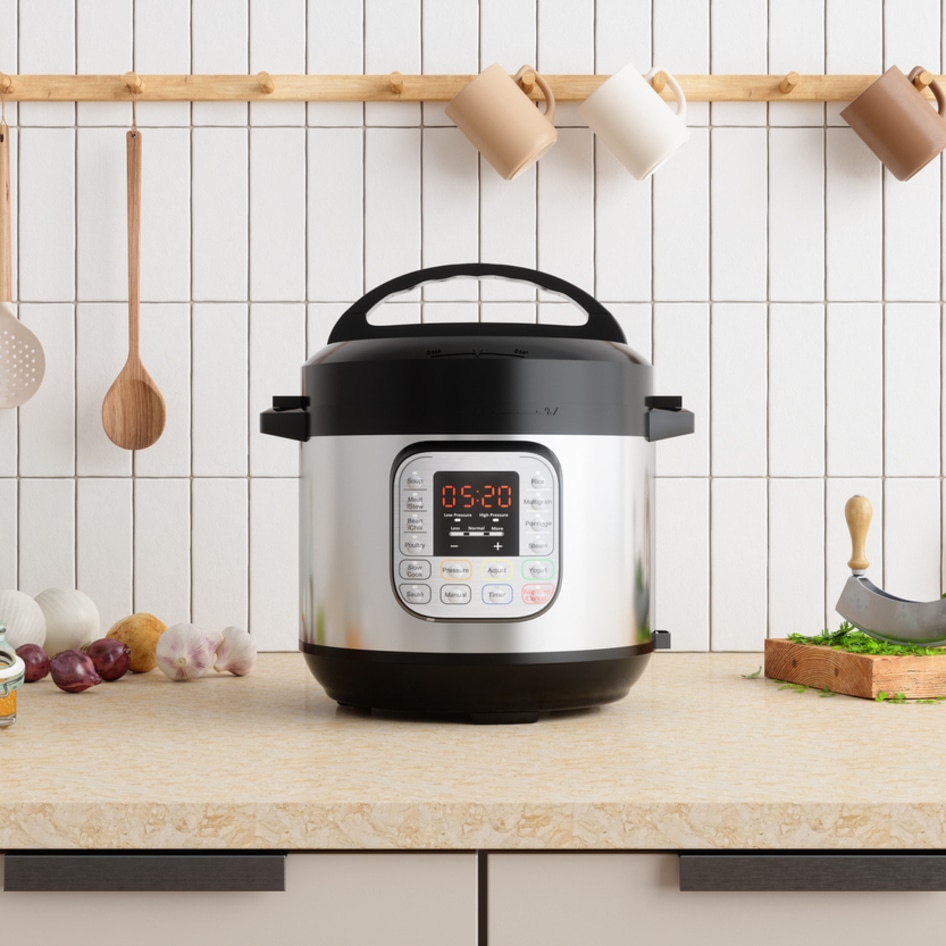“Air fryers are god’s gift to mankind, an invention akin to fire for the human race,” Andrew Lim, the chef-owner of Chicago’s Perilla Korean American Fare told Food & Wine earlier this year. And now, there’s some science to back up Lim’s claim.
New research from the University of Birmingham finds that air fryers emit significantly less indoor air pollution compared to traditional cooking methods like pan and deep frying. This finding is particularly relevant as individuals spend over 80 percent of their time indoors, where exposure to pollutants can lead to acute symptoms and chronic conditions, including cardiovascular, neurodegenerative, and respiratory diseases.
Air pollution of different cooking methods
The study, published in the journal Indoor Air, involved experiments conducted in a controlled research kitchen, using five different methods: pan frying, stir-frying, deep-fat frying, boiling, and air frying. They measured the levels of particulate matter and volatile organic compounds (VOCs) emitted by each method.
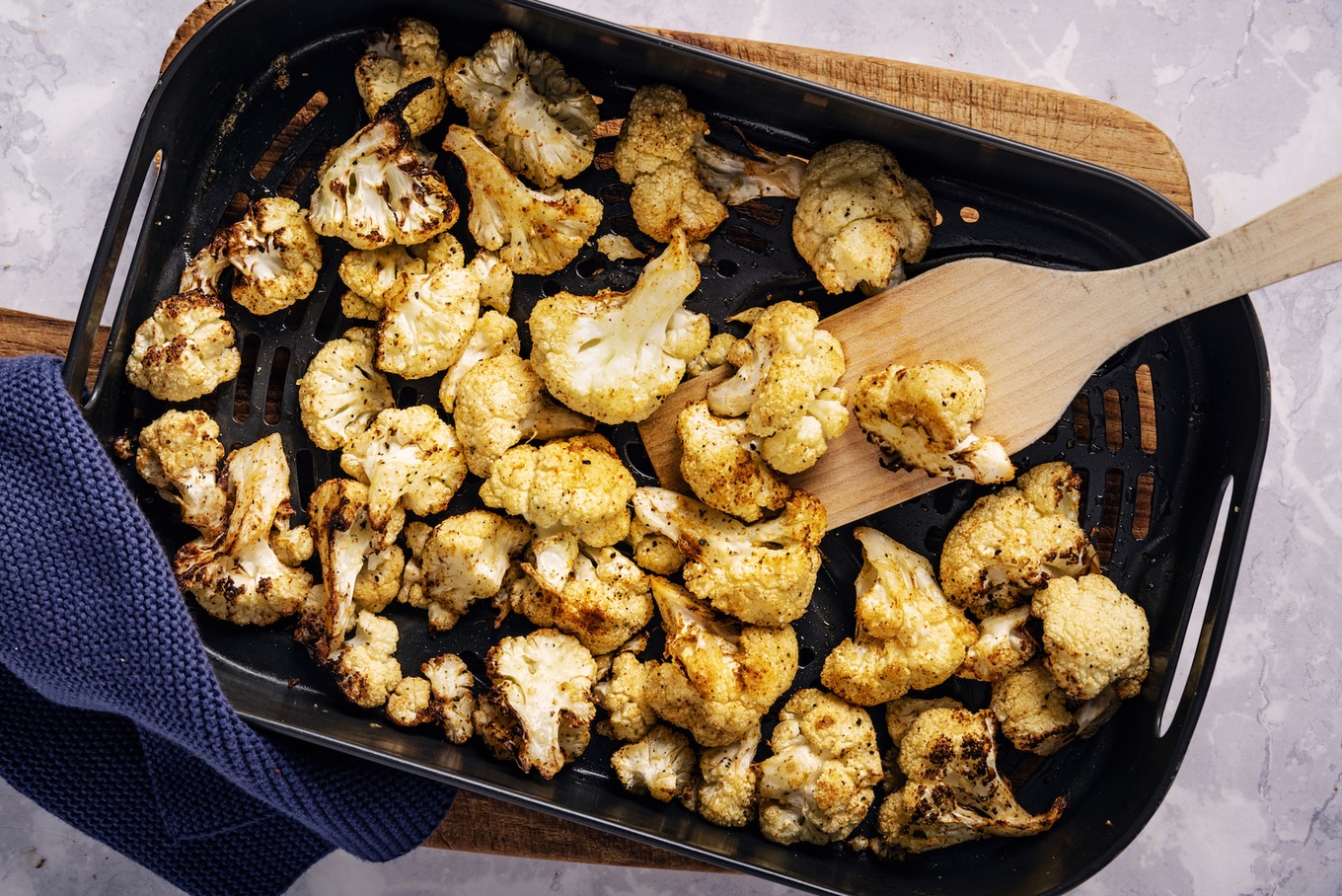 Getty
Getty
For particulate matter, peak concentrations in micrograms per cubic meter of air were recorded as follows:
- Pan frying: 92.9
- Stir-frying: 26.7
- Deep frying: 7.7
- Boiling: 0.7
- Air frying: 0.6
Regarding VOCs, measured in parts per billion (ppb), the results were:
- Pan frying: 260 ppb
- Deep frying: 230 ppb
- Stir-frying: 110 ppb
- Boiling: 30 ppb
- Air frying: 20 ppb
The researchers also identified and quantified the specific VOCs most strongly emitted during these cooking activities.
Lead author Professor Christian Pfrang emphasized the importance of ventilation in reducing indoor pollution: “There are a number of factors that will affect the levels of pollution from cooking alongside the method used, including the amount of oil used, and the temperature of the stove. What we can say with certainty, however, is that improving the ventilation in kitchens by opening windows or using extractor fans, will help to disperse polluting particles and reduce personal exposure.”
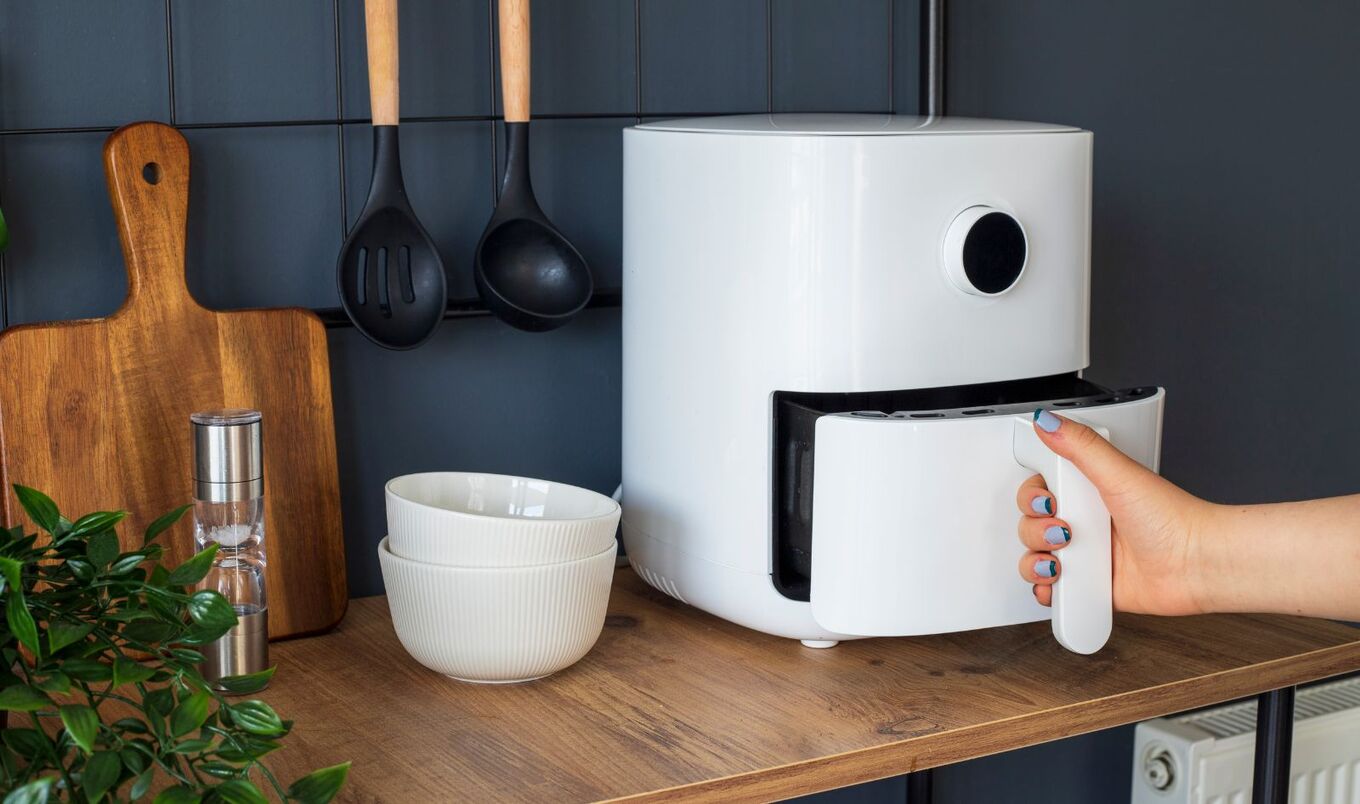 Canva
Canva
The study also noted that elevated levels of pollutants persisted in the kitchen for over an hour after cooking, despite the cooking process lasting approximately ten minutes. “It’s also really important to understand that particles will remain in the air for quite some time after you have finished cooking, so continuing to ventilate, or keeping extractor fans turned on for a period of time will really help to avoid the build-up of this indoor pollution and reduce the potential for the pollutants to be transported and distributed throughout the house with the associated higher personal exposures,” Pfrang said.
Benefits of cooking with an air fryer
This research underscores the benefits of air fryers not only in energy efficiency but also in minimizing indoor air pollution, highlighting the importance of proper ventilation during and after cooking to maintain healthier indoor environments.
Air fryers have been growing in popularity due to their health benefits, such as reducing the need for deep frying. Lim says they’re a much healthier way to “fry” foods and get that crispy, airy exterior, “without a bath of fat and oil to accompany it.”
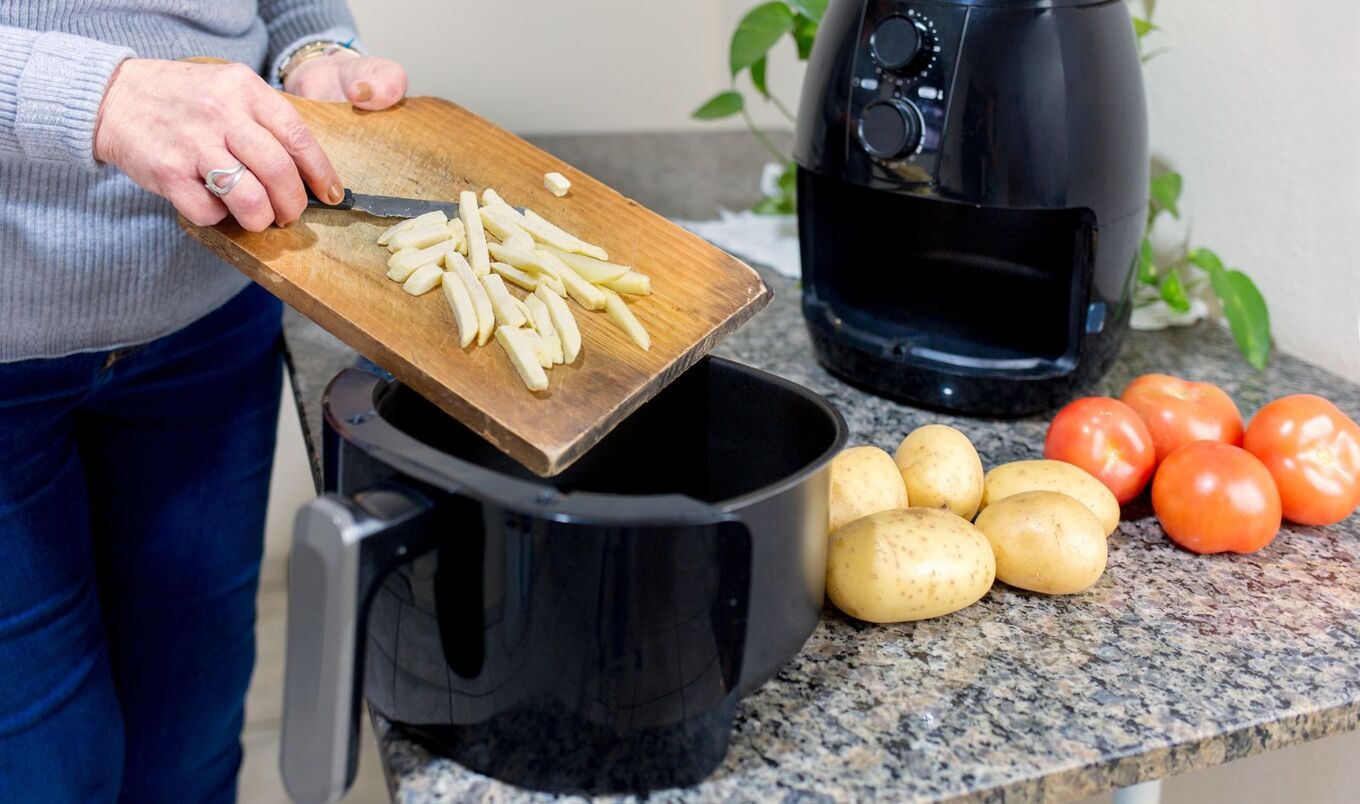 Canva
Canva
Registered dietician Megan Hilbert MS, RDN, told The Independent that the biggest benefit from air frying food is reducing overall fat content, “in particular, saturated fats and trans fats, which can be harmful to health when eaten in excess,” she said.
“Because air frying reduces the amount of fat content by up to 70 to 80 percent in foods, this can also drastically reduce the number of calories eaten, without sacrificing the crunch and texture that frying provides,” Hilbert added.
The countertop appliances preheat rapidly and cook food faster than conventional ovens, due to their compact size and powerful convection heating. This speed and convenience make them ideal for quick meals, especially in busy households.
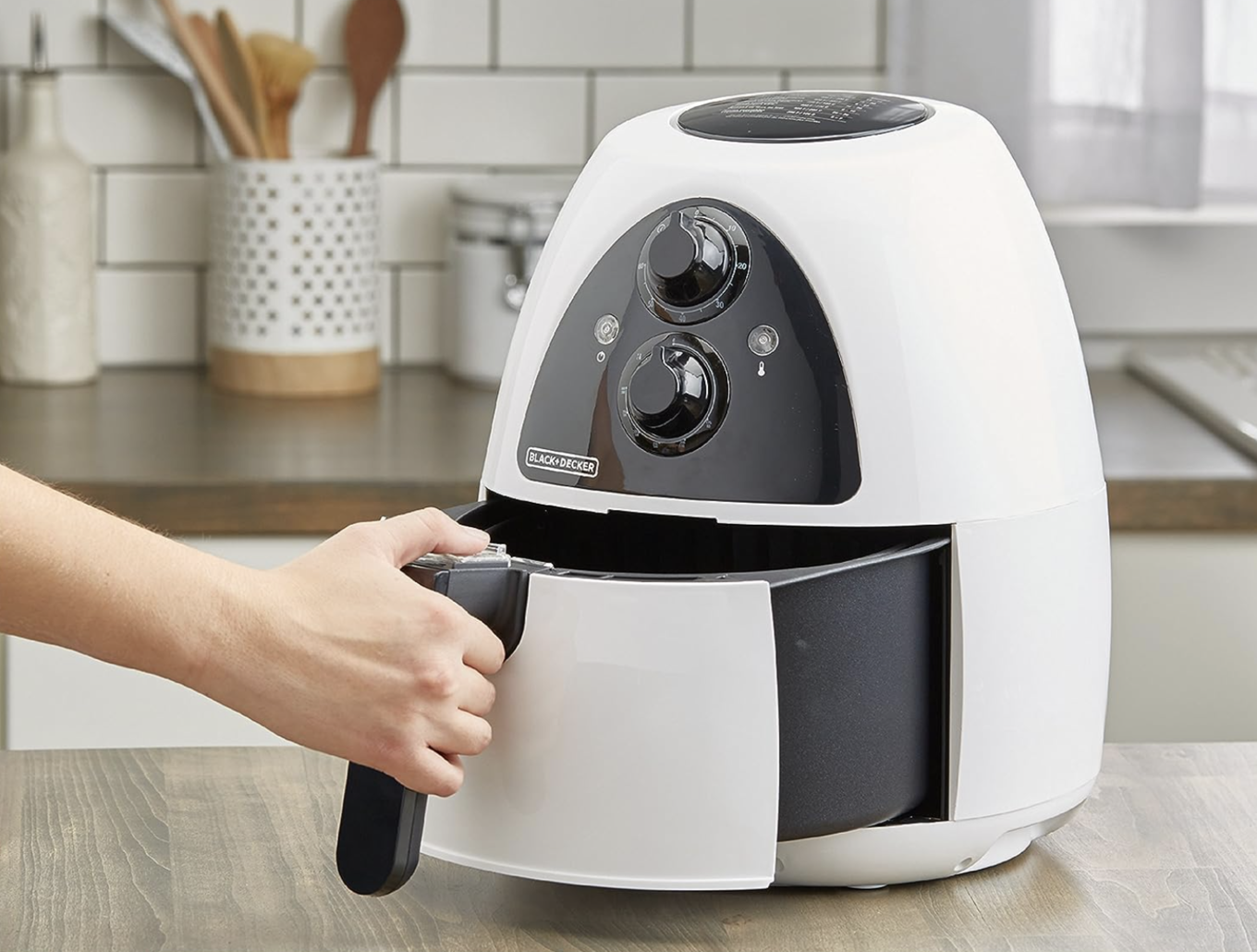 Black + Decker
Black + Decker
Versatility is another key advantage; air fryers can handle a range of foods, from vegetables and proteins to baked goods, allowing users to experiment with various recipes. Their user-friendly design and straightforward controls make them accessible to both novice and experienced cooks.
Air fryers are energy efficient
Additionally, air fryers are more energy-efficient than traditional ovens, leading to potential cost savings on energy bills. Their smaller size requires less energy to heat, and the reduced cooking times further contribute to energy conservation. Cooking methods significantly influence environmental sustainability, with variations in energy consumption and emissions impacting the planet. Traditional cooking practices, especially in developing regions, often rely on biomass fuels like wood and charcoal. These methods contribute to deforestation and emit pollutants such as black carbon, a potent short-lived climate pollutant second only to carbon dioxide in warming impact.
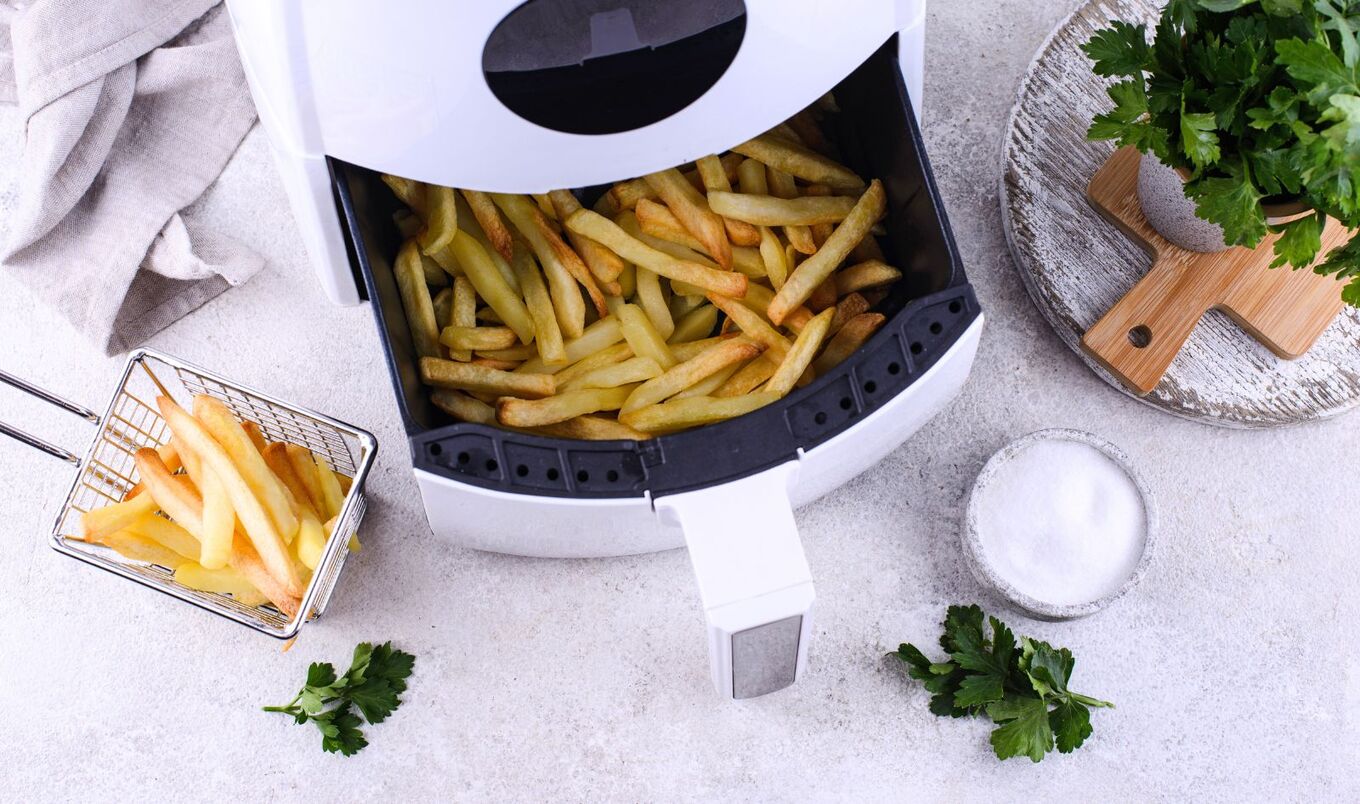 Canva
Canva
BECOME A VEGNEWS VIP: Get exclusive product deals, freebies, and perks galore!
In contrast, modern cooking appliances exhibit diverse environmental footprints. Beyond air fryers, microwaves, slow cookers, and pressure cookers have the lowest environmental impact among cooking methods, while ovens have the highest. The choice of cooking fuel also plays a crucial role. The World Health Organization reports that approximately 2.3 billion people worldwide still lack access to clean cooking, relying on inefficient, polluting fuels and technologies.
Using an air fryer
Looking for ways to use your air fryer more often at home? Four Seasons Executive Chef Ryan Ratino told CNET that any vegetables can be put in the air fryer, but noted that “potatoes, sweet potatoes, yucca, plantains, and also mushrooms air fry the best.”
If you’re looking to experiment with other vegetables, he advises steering clear of leafy greens like kale. “These dry out too fast before browning and give you a poor texture.” But other green vegetables like Brussels sprouts, pole beans, and zucchini can hold up to the air fryer. Even cauliflower can pop in for crisping, but steer clear of its green cousin, broccoli.
Ratino says to get the most out of your air fryer, blanch your vegetables first for one to five minutes until they are bright in color. Then immediately cool in ice water before patting dry and transferring to the air fryer.
For more plant-based stories like this, read:
JUMP TO ... Latest News | Recipes | Guides | Health | Subscribe

